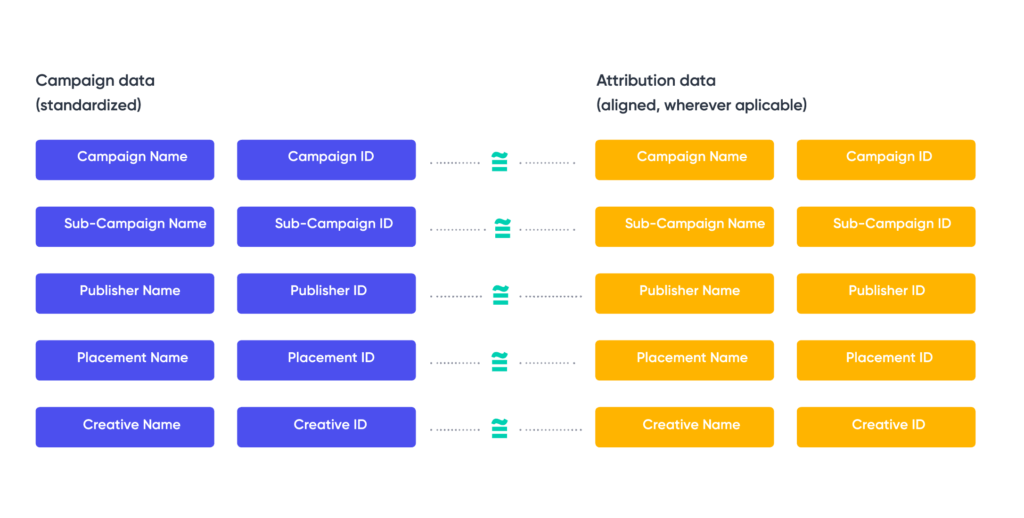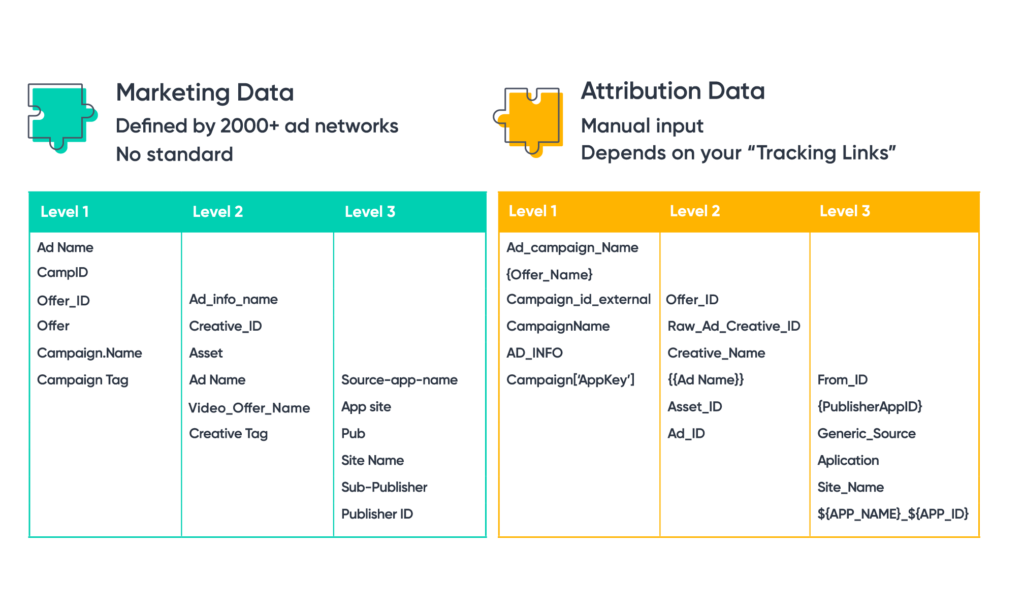What Donkey Kong taught me about mobile attribution and analytics
You might not be aware that mobile attribution and marketing analytics are like Donkey Kong. In fact, probably one person on this planet of 7.65 billion people is aware of that.
(OK, fine, it’s me … )
Mobile attribution and marketing analytics are like Donkey Kong mostly because of the gap. I was pretty good on Donkey Kong back in the day, spending all my quarters in the corner store or the arcade. At least, I was pretty good on the first level. On the second level you started to have to jump — not just barrels, but also gaps. And it just got harder and harder.
I kind of sucked at that.
If mobile attribution is understanding when you’ve scored a touchdown, marketing analytics is how many yards you gained on the ground, in the air, the turnover ratio between you and your opponent, and all the other metrics that you can fit into a football game.
The problem is the gap.
Just like in Donkey Kong, when there’s a gap, there’s trouble. At least for me … or Super Mario, I guess. (That’s not Luigi in Donkey Kong, is it?)
But in user acquisition and mobile marketing, when there’s a gap, there’s real trouble in the real world for marketers. A gap between your inputs on multiple ad networks and your outputs in attribution data means that it’s not 100% clear, every time, exactly what led to your results. Sure, your mobile attribution data tells you that you got 10,000 installs from an ironSource campaign and another 10,000 from Vungle. That’s great, especially when you mix it together with data from your 10 or 15 other ad partners.
But which campaign? Which ad set? Which creative?
Total transparency on marketing analytics for your mobile ads comes when you combine your mobile attribution data and your marketing cost aggregation data. And while you theoretically can do that in BI tools, it’s clean, seamless, instant, and guaranteed correct when your attribution platform and your marketing analytics aggregation platforms are, in fact, the same platform and do the combining and connecting for you in near real-time.
What that means is that every app install isn’t just trackable to one or another of your partners. Now your tracking extends to sub-campaigns, placements, even specific creatives.
The problem is that your two data sets look like this. There’s a gap.
And Mario doesn’t jump over gaps very well. (Well, maybe he does, but the person who’s controlling him — me — kinda sucks.) And that means he falls down fairly often. When Mario falls … data leaks. Data misaligns. Data gets lost. And data scientists on your BI team start to want to tear their hair out, because instead of focusing on the real work of identifying opportunity and building creative solutions, they’re stuck being data janitors.
Very few high-performing BI experts want to spend 10-20 hours a week being a data janitor.
The solution is connecting data across the gap, and combining attribution data and campaign data happens automatically in Singular. (Fine, we’ll be the janitors. Anything, as long as Mario doesn’t die.)

The reality is that combining campaign data with attribution data is one of the most challenging gaps for marketers to bridge. If you can’t join campaign data and attribution data you run a 100% risk of having inaccurate, unhelpful, even meaningless performance data. And a 100% risk of optimizing via vanity metrics like CTR rather than more meaningful metrics like ROI.
(Hey, we like a high click-through rate too. We just prefer a high return on investment.)
Getting standardized and normalized data from your top funnel completely aligned with standardized and normalized data from your bottom funnel across all ad partners means you get comprehensive ROI reporting at all dimensions of your data. (Try to jump that sentence, Mario.) And that frees your data scientists to do … well, science.
Or at least something more fun than cleaning dirty data.
That’s the power of a unified mobile marketing solution, and it’s also why mobile attribution is just a piece of the complete analytics setup that UA managers need.
Plus, it gives you what you really need: the ability to jump. Or, rather, bridge gaps between your three most important datasets:
-
- Campaign data (what you did)
- User data (what they did)
- Results data (what you got)

And that’s the power of a combined attribution platform for mobile marketing. Done right, it exposes accurate, timely, and actionable insights you need to drive growth at scale.
Now if I could just learn how to play Donkey Kong properly once and for all …
To get more details on how this all works, just give us a ping.
Stay up to date on the latest happenings in digital marketing



